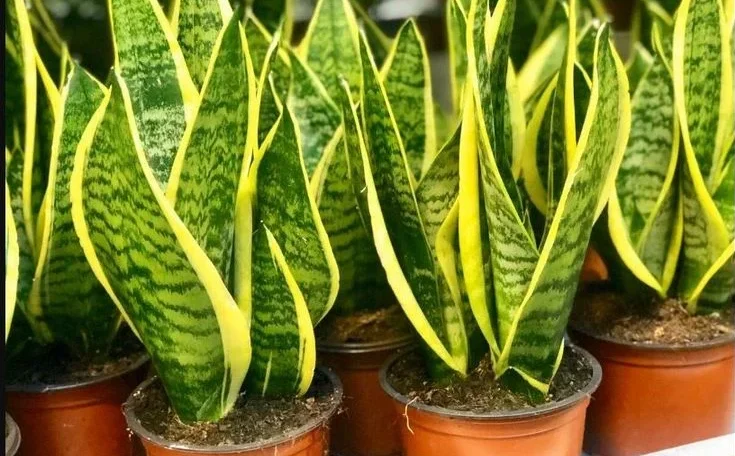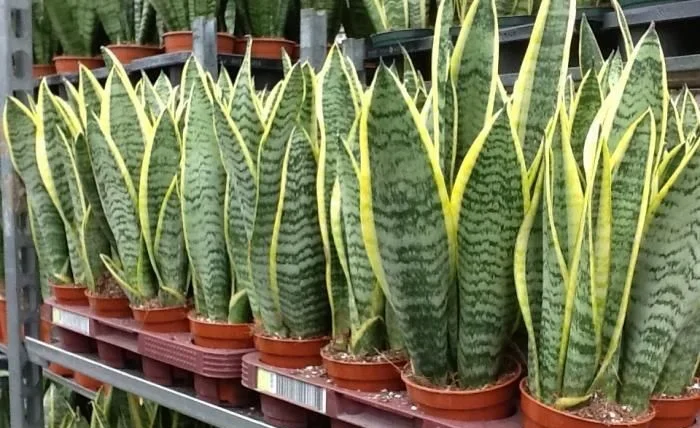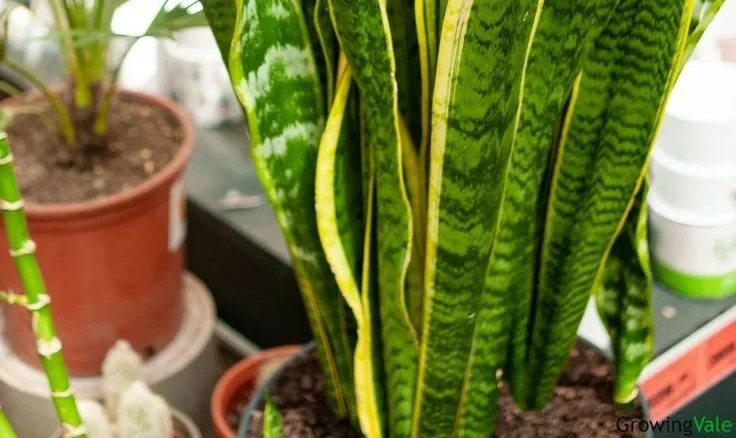When it comes to keeping your indoor greenery vibrant and healthy, finding the right fertilizer for snake plants can make all the difference. Snake plants, also known as Sansevieria or Dracaena trifasciata, are among the easiest houseplants to care for, but they still need proper nutrition to flourish. Using the right fertilizer not only enhances their growth but also strengthens their leaves and boosts their striking patterns.
In this complete guide, we’ll cover everything you need to know from the best fertilizer types to the perfect feeding schedule. Whether you’re a beginner or an experienced plant parent, you’ll learn how to make your snake plant thrive year-round.
Why Fertilizing Snake Plants Matters
Even though snake plants are known for being low-maintenance, they still benefit from a little boost of nutrients. Fertilizing helps replenish the essential minerals that get washed away with watering over time. Without fertilizer, your plant might survive but it won’t thrive.
In other words, just like humans need balanced meals, snake plants need balanced nutrients to stay healthy. A small effort goes a long way in keeping them strong, resilient, and beautiful.
What Makes a Good Fertilizer for Snake Plants?

Choosing the best fertilizer for snake plants can be confusing because there are so many options available. Let’s break down what matters most.
1. Balanced Nutrients (N-P-K Ratio)
Look for a fertilizer with a balanced N-P-K ratio, such as 10-10-10 or 20-20-20.
-
Nitrogen (N) promotes lush, green foliage.
-
Phosphorus (P) supports strong root growth.
-
Potassium (K) enhances overall plant health and resistance.
These three nutrients work together to keep your snake plant sturdy and attractive.
2. Liquid Fertilizer vs. Slow-Release Granules
Liquid fertilizers are great for controlled feeding because they can be diluted easily. On the other hand, slow-release fertilizers provide steady nourishment over time.
For snake plants, both options work well—but many plant owners prefer liquid fertilizers for their simplicity and even distribution.
3. Organic vs. Synthetic Fertilizer
Organic fertilizers, such as compost tea, fish emulsion, or seaweed extract, are eco-friendly and gentle. Synthetic fertilizers deliver quick results but require more care in dosing.
If you prefer a natural approach, go with organic. However, for faster growth, a diluted synthetic option can be effective too.
When to Fertilize Snake Plants
Timing plays a crucial role in fertilizing. The best period to feed your snake plants is during their active growth season, typically from spring to early summer. During this time, the plant absorbs nutrients effectively, which supports new leaf growth.
In contrast, snake plants enter a resting phase in fall and winter. Fertilizing during this time can do more harm than good, as the plant isn’t actively using the nutrients. Over-fertilizing in winter may lead to salt buildup and root burn.
Pro Tip: Mark your calendar for monthly feeding between March and September for optimal results.
How to Fertilize Snake Plants Correctly

Even though fertilizing seems simple, following a few steps ensures your plant benefits fully without risk.
-
Dilute the Fertilizer: Always mix fertilizer with water to half or even quarter strength. Snake plants prefer light feeding rather than strong doses.
-
Water Before Fertilizing: Moist soil helps prevent root burn from concentrated nutrients.
-
Apply Evenly: Pour the diluted solution around the base of the plant, avoiding the leaves.
-
Flush Occasionally: Every few months, flush the soil with clean water to remove salt buildup.
With these easy steps, you’ll keep your snake plants lush and happy throughout the growing season.
Signs Your Snake Plant Needs Fertilizer
Recognizing when your snake plant is hungry can save it from poor growth. Here are some signs to watch for:
-
Slower leaf growth than usual
-
Faded or yellowing leaves
-
Pale green color instead of deep green
-
Weak or drooping leaves
When you notice these symptoms, it’s a good indicator that your plant needs a nutrient boost.
Common Fertilizing Mistakes to Avoid
Even though fertilizing helps your snake plant grow, overdoing it can backfire. Here are the most common mistakes to avoid:
-
Over-fertilizing: This can burn the roots and cause yellow leaves.
-
Using fertilizer in winter: The plant is dormant and won’t use the nutrients.
-
Skipping dilution: Undiluted fertilizer is too strong for snake plants.
-
Ignoring drainage: Poorly drained soil can trap fertilizer salts, damaging roots.
By avoiding these pitfalls, you’ll maintain a balanced and healthy plant environment.
Best Fertilizer Options for Snake Plants
Here are some top choices that have proven effective and safe for snake plants:
-
Balanced Liquid Houseplant Fertilizer (10-10-10): Ideal for regular monthly use.
-
Cactus or Succulent Fertilizer: Works well since snake plants have similar nutrient needs.
-
Organic Compost Tea: Gentle, natural, and improves soil health.
-
Worm Castings or Seaweed Extract: Boosts microbial activity and enhances resilience.
You can find these fertilizers at garden centers or online stores just make sure they are suitable for indoor plants. If you’re also planning to refresh your succulents, check out this detailed guide on how to replant an aloe vera plant for step-by-step tips.
Additional Care Tips for Snake Plants

While fertilizer plays a major role, remember that other care factors are equally important.
-
Lighting: Snake plants thrive in bright, indirect light but can tolerate low light.
-
Watering: Water only when the top two inches of soil feel dry. Overwatering is the most common mistake.
-
Soil: Use well-draining soil to prevent root rot.
-
Temperature: Keep them in a warm environment, ideally between 60°F and 85°F.
Combining these care tips with proper fertilization ensures your snake plant remains healthy all year.
FAQs
1. How often should I fertilize my snake plant?
You should fertilize your snake plant once a month during spring and summer. Avoid fertilizing during winter months.
2. Can I use succulent fertilizer on snake plants?
Yes, you can! Succulent fertilizers have a similar nutrient balance that suits snake plants perfectly.
3. What happens if I over-fertilize?
Over-fertilization can lead to brown leaf tips, root burn, and yellowing leaves. Always dilute your fertilizer to avoid this.
4. Is organic fertilizer better than chemical fertilizer?
Organic fertilizers are gentler and improve soil health, while chemical ones act faster. Both can work well if used properly.
5. Do snake plants need fertilizer at all?
While they can survive without it, fertilizer helps them grow stronger, greener, and healthier over time.
Conclusion
Choosing the right fertilizer for snake plants and applying it correctly can make your plants flourish like never before. Balanced nutrients, proper timing, and light feeding are key to ensuring lush, vibrant leaves that brighten your home.
Remember, less is more snake plants don’t need heavy feeding. However, if you’re looking to improve your overall plant care routine, it’s equally important to choose products that are safe for your environment. You can learn more about eco-friendly and pet-safe lawn fertilizer options that promote healthy growth without harming your pets or indoor air quality.
With a bit of care and consistency, you’ll enjoy a healthy, stunning plant that enhances your indoor space effortlessly.


















